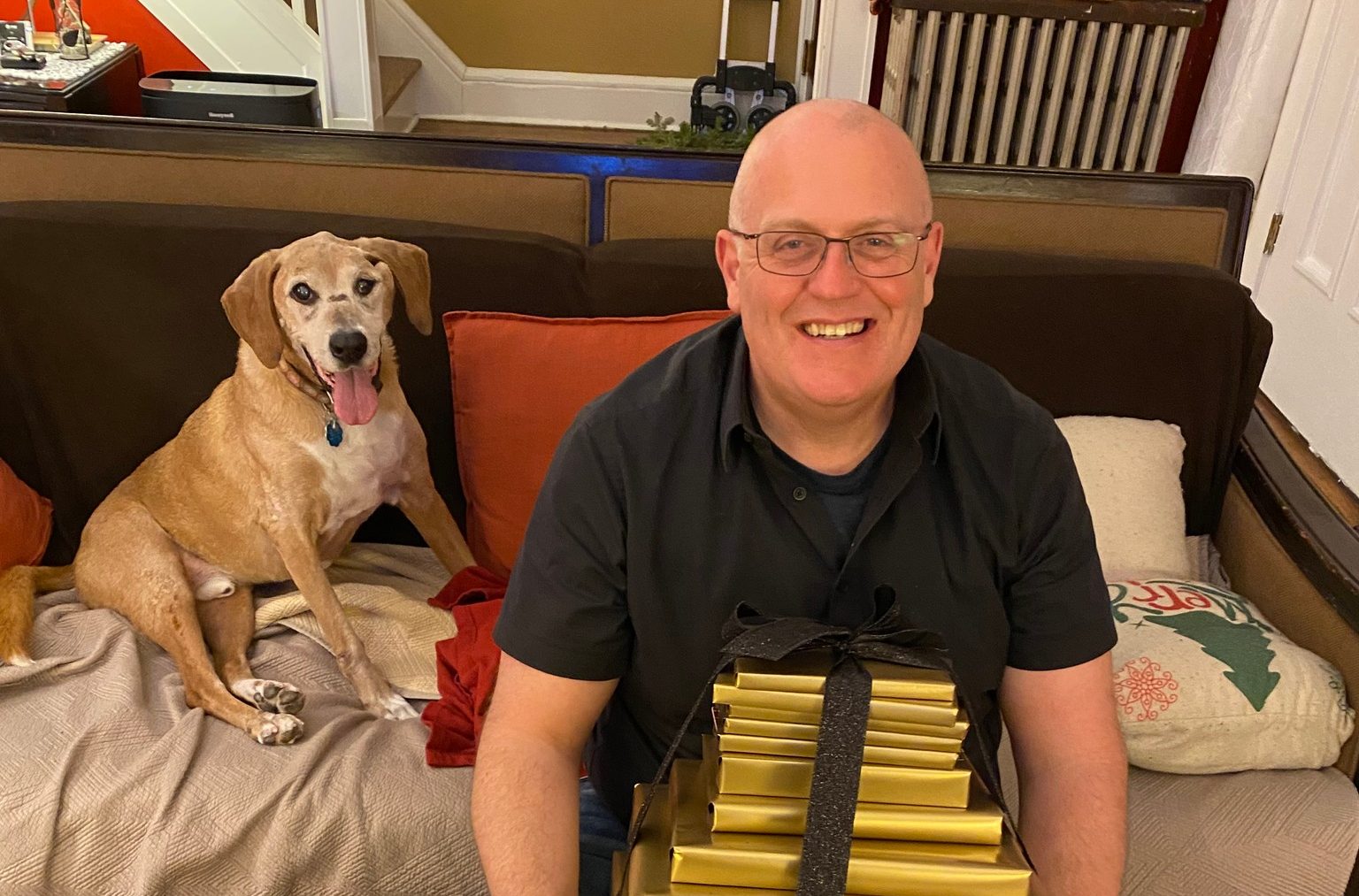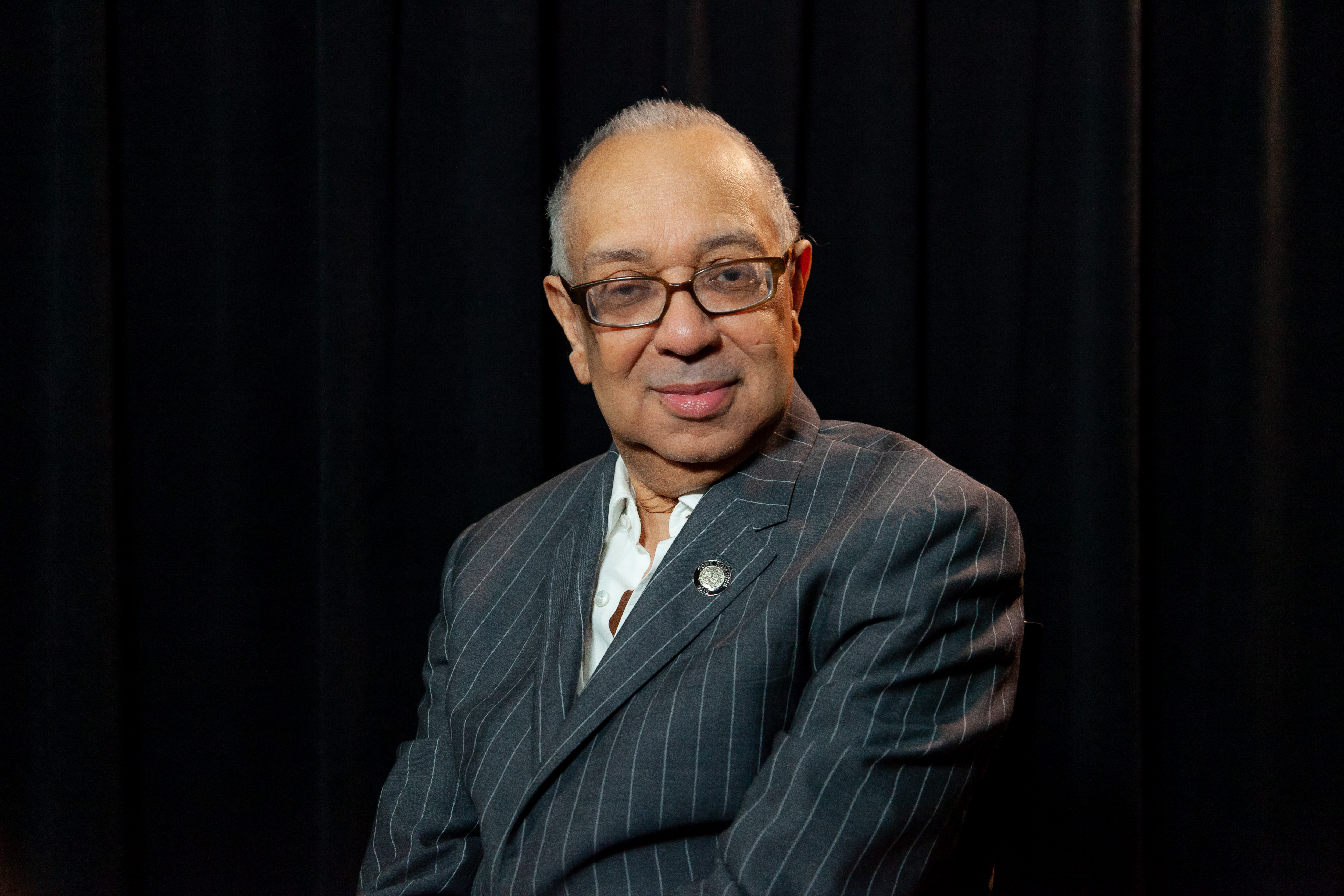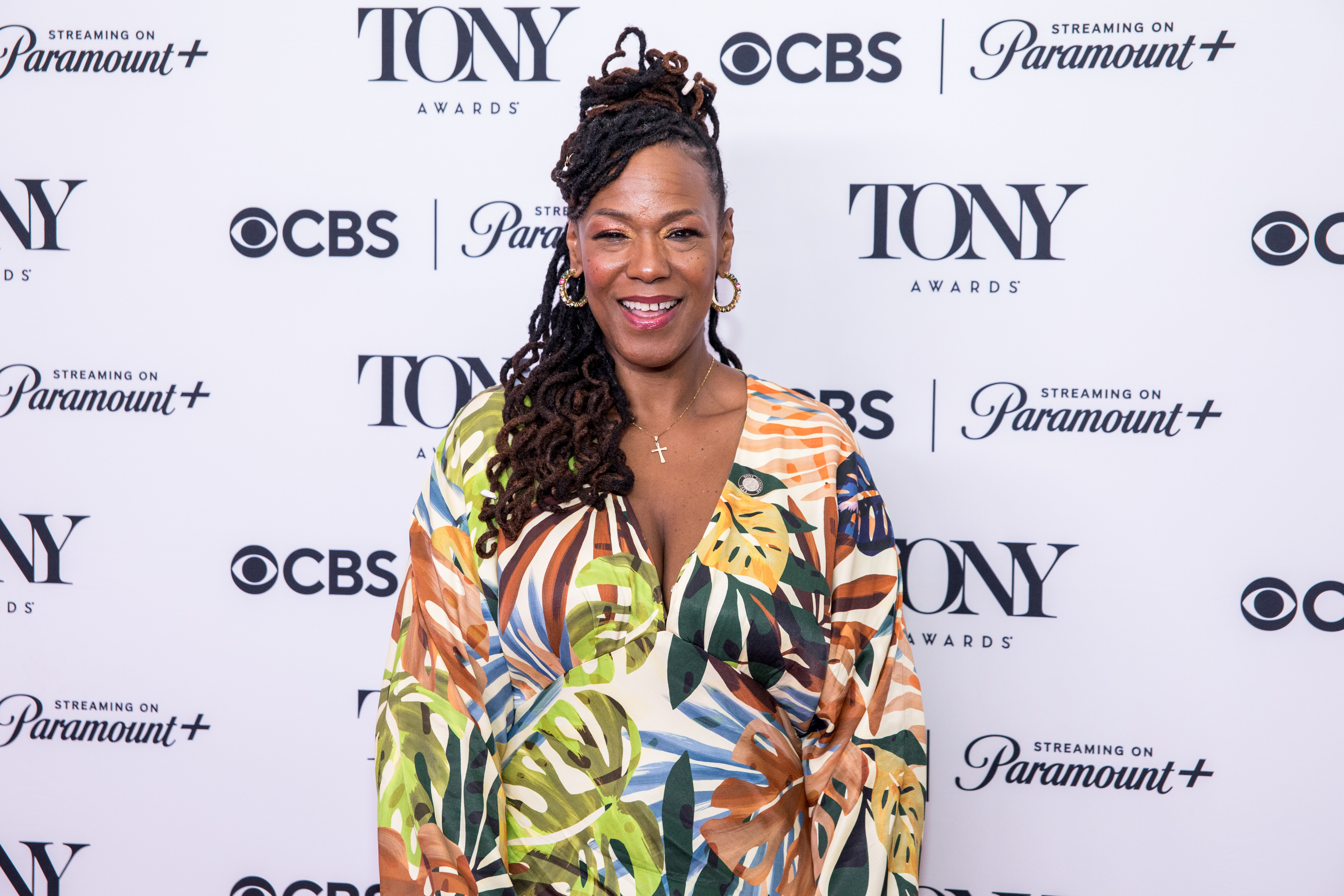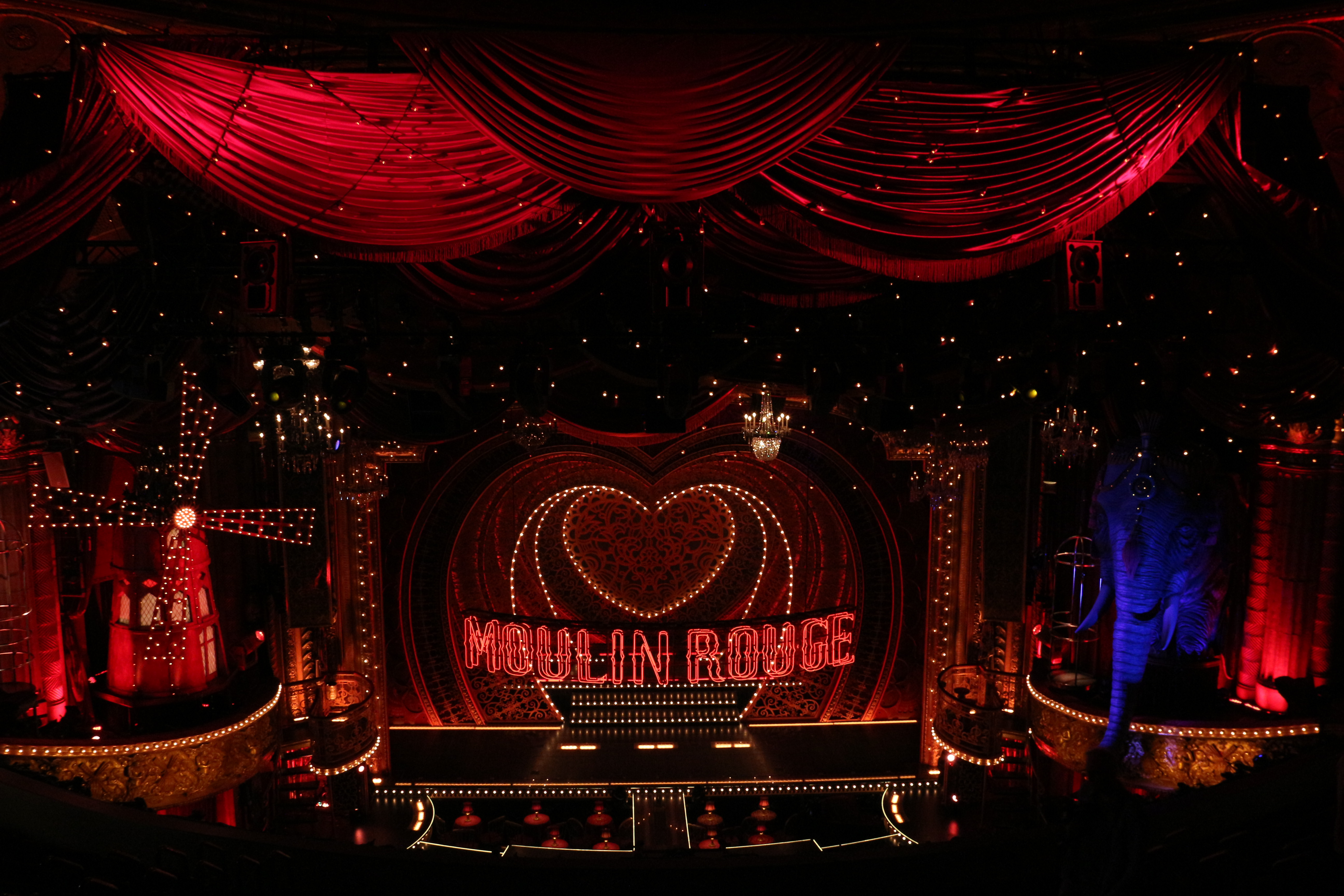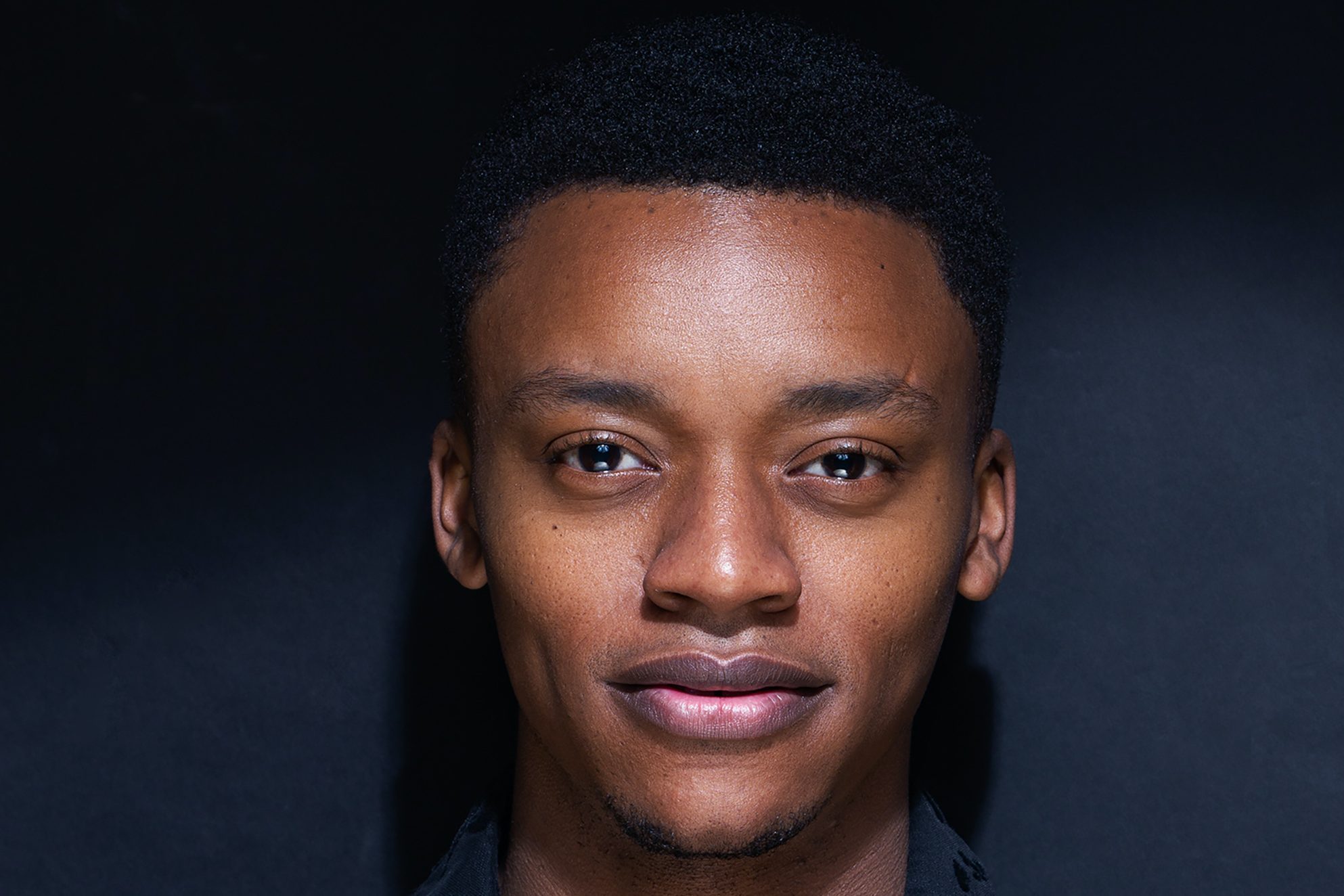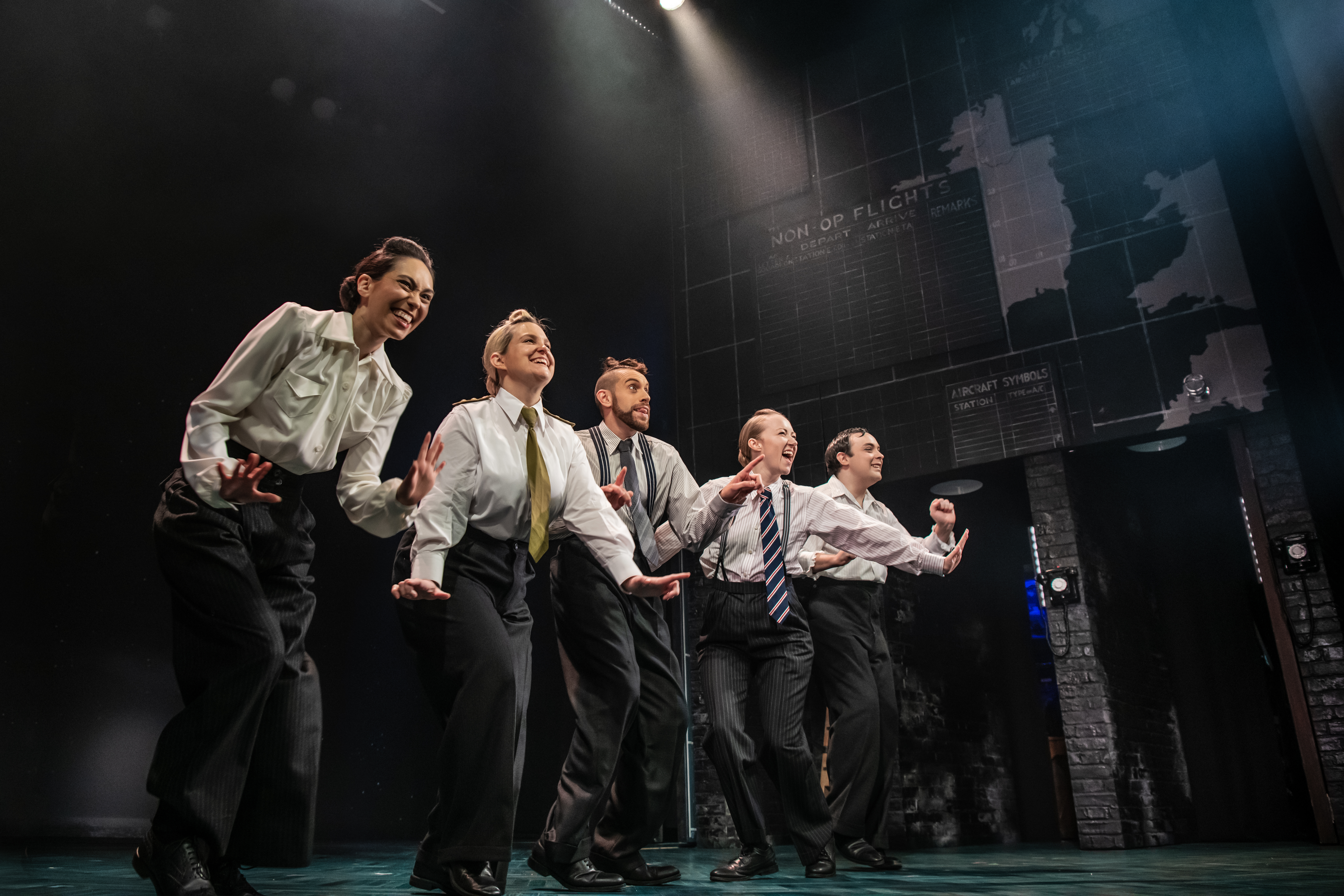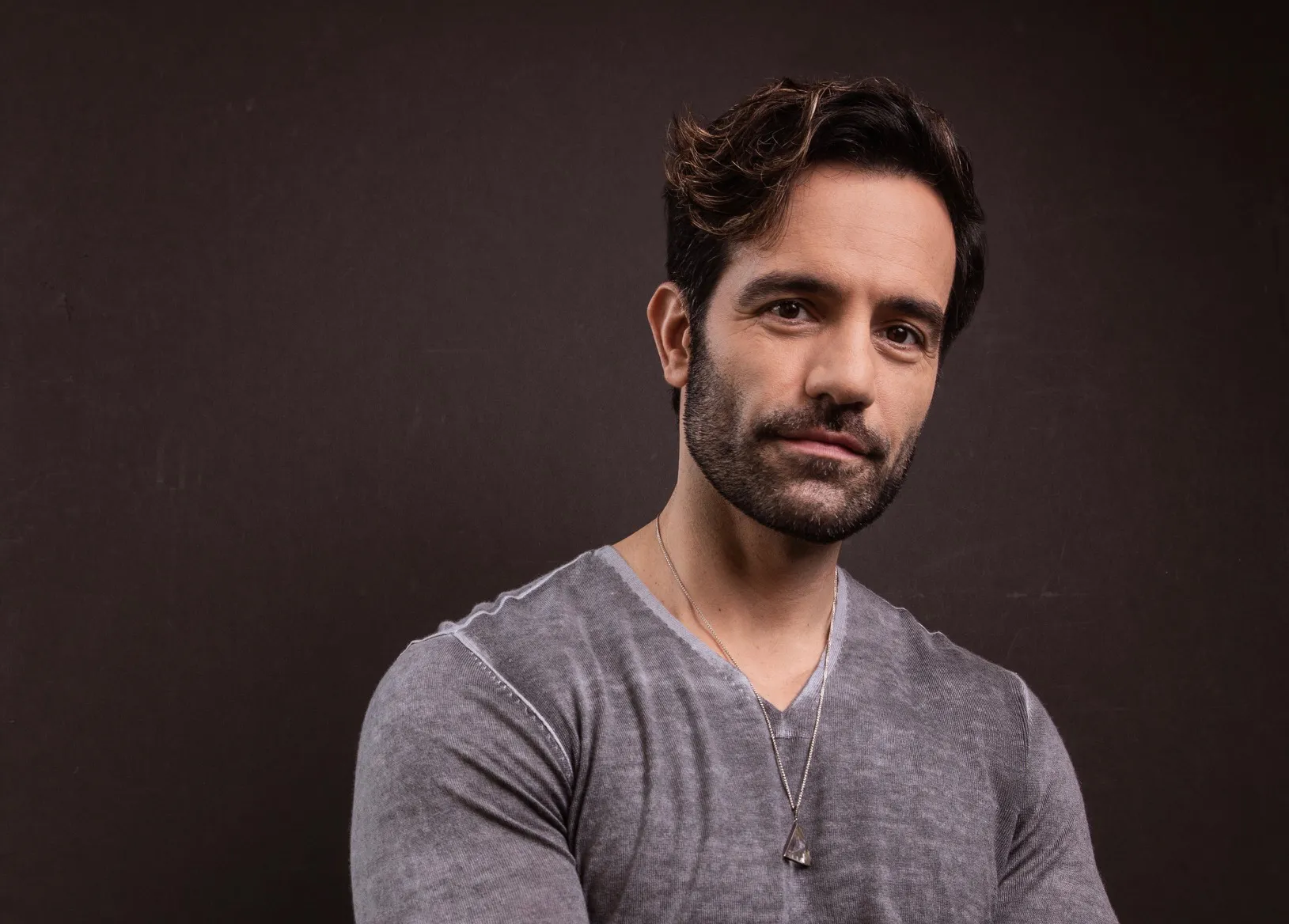Heading Downtown

(top row:) Jim Simpson, Douglas Aibel;
(middle row:) Ellen Stewart, Allan Buchman, Elena Holy;
(bottom row:) Philip Seymour Hoffman
What is “downtown theater?” For many, the phrase conjures images of the Caffe Cino and the burgeoning Off-Off-Broadway movement of the 1960s. “Shows below 14th Street” is another common response. TheaterMania talked with seven artistic directors of Off-Broadway and Off-Off-Broadway theaters and theater companies to get their takes on what defines the downtown scene.
“Historically, it came out of cheap rents, but it’s something really in opposition to commercial theater,” says Jim Simpson, artistic director of The Flea. “Off-Off-Broadway is a place where young, emerging talent works on their skills, gets better, gets noticed, and older, more established artists come down to do the work that commercial people are not interested in.”
One of the first venues for such work was La MaMa E.T.C., founded in 1961 by Ellen Stewart. A number of influential theater artists and companies — including director Tom O’Horgan, playwright Sam Shepard, Mabou Mines, and Pan Asian Repertory — got their start at La MaMa. “Philip Glass writes in his memoirs how they lived off the little money I could give,” says Stewart. “I worked my ass off at five different jobs to give everybody something.”
Tales of financial hardship are common. Ticket sales only account for a portion — sometimes a small one — of the revenue earned by many downtown theaters. The rest of the money comes from government and corporate grants, private donations, and other sources. According to Mark Russell, the current artistic director of P.S. 122 (he will be stepping down in June 2004), shifts in funding have meant major changes in the way that theater operates. “We were fully presenting all year round, maybe 70 things a year,” says Russell, who was unable to attend TheaterMania’s photo shoot for this article. “Then the NEA fell out, and that had been a very big part of our budget for awhile. So, we had to make up that money and we struggled with different ways to do it. One way that we finally settled on was renting our space to commercial producers who were doing work that we thought was appropriate for the space.”
Space at P.S. 122 has been rented to Eddie Izzard, The Right Size, Danny Hoch, and Sarah Jones, to name a few. Currently, the venue is renting out its downstairs theater to the hit comedy Matt & Ben. “When we saw that the show was going to be so successful,” says Russell, “we just opened up and let it run because, at the moment, we’re fighting a bit of a deficit. It’s not terrible but we’re trying to get ahead of this very shaky economic climate.”
“I think I sold everything I owned just to keep things going at one point,” comments Allan Buchman, artistic director of the Culture Project. Originally located uptown on 91st Street, the Culture Project has made its home at the 45 Bleecker Theater since 1999, where it presents a wide range of shows. “We produce an annual women’s festival under the moniker Women Center Stage,” says Buchman by way of example. “We are also initiating a project called Countries in Crisis, where we will commission writers to investigate some of the countries that are political or social hotbeds. That’s going to be an ongoing, multi-year effort. Coming up this spring, we’re going to do a run of Sarah Jones and then a comedy called White Chocolate by William Hamilton, who’s a cartoonist for The New Yorker.”
The Culture Project’s most well-known production — recently transplanted to the venue’s downstairs space — is The Exonerated, which tells the true-life stories of death row inmates who were eventually found to be innocent after spending years in prison. The show continues to draw high-profile actors who want to take part: “They seem happy to participate in a project that allows the under-represented to have a voice,” says Buchman.
The trek downtown is one that more and more stage and screen luminaries are making. In the aftermath of September 11, 2001, a slew of such stars appeared in The Flea’s production of Anne Nelson’s moving 9/11 drama The Guys. “All the big name actors really wanted to take part,” says Simpson. But, despite its high profile, Simpson feels the show was a uniquely downtown project: “I brought in a lot of big-gun producers to see it and they said it was too raw, not a commercial thing. So we were serving our purposes, what an Off-Off-Broadway theater does. We do work that the other guys just don’t want to pick up for a variety of reasons.”
The events surrounding September 11 had an immediate and crushing effect on several downtown theaters — especially those that, like The Flea, are located close to Ground Zero. “Right before 9/11 we had five plays in rep, two or three dance companies performing, and a concert series,” says Simpson. “When they shut down the whole neighborhood, which they did for about three weeks, that was the end of all that activity.” The tragedy’s lasting effects on the downtown theater scene are subtler. According to Simpson, “People are wary about planning much in the future because everything feels like it could change at any moment. In addition to that, I think people’s concerns with what we should be saying and how we should be acting have really been sharpened by this event. We’re not isolated; we’re part of this world, and sometimes it can really bite us and hurt us. I see that in the writing that’s going on; it’s not just for fun anymore.”
It’s not just high-profile projects like The Exonerated or The Guys that lure some artists downtown; Philip Seymour Hoffman, who is himself a star of stage and screen, works downtown regularly in his position as co-artistic director (with John Ortiz) of the LAByrinth Theatre Company. “I came into the company as an actor with a career and I really wanted to make theater a main part of what I did,” says Hoffman. “LAByrinth only facilitated that option for me, strengthened it, and allowed me to explore directing.”
According to Hoffman, the company has allowed a great many of its members to grow and develop. “We’re about putting the members of the company first,” he says. For example, “Stephen Adly Guirgis came into LAByrinth as an actor and, through his passion and thirst to want to work in the theater, he also became a fantastic writer.” The company is now eyeing Broadway for a fall 2004 engagement of Adly Guirgis’s play Jesus Hopped the A Train, which Hoffman first directed for LAByrinth a few years ago. “Hopefully,” Hoffman remarks, “we can bring to Broadway the kind of energy and excitement that made the play such a success here and in London.”

Of course, LAByrinth wouldn’t be the first non-profit downtown theater to reach Broadway: A number of shows, ranging from A Chorus Line to Rent, started downtown before transferring to the Great White Way. The most recent success is Avenue Q, which began at the Vineyard Theatre as a co-production with the New Group. “It’s a happy experience when you work on something that you love, particularly with very young artists, and the work is recognized,” comments Vineyard artistic director Douglas Aibel.
Located just off of Union Square, the Vineyard is at an interesting juncture, both geographically and artistically. “We’re a little bit uptown and a little bit downtown,” says Aibel. The theater is currently developing a new work by Kirsten Childs in its Kitty Carlisle Hart Musical Theater Lab and will be presenting full productions of Nicky Silver’s new play Beautiful Child and Christopher Shinn’s Where Do We Live? later this spring.
“We try to reach into all necks of the theatrical woods,” says Aibel. “I’m thrilled to align myself with downtown theater because, when I hear the phrase, I immediately think of risk-taking — of artists stretching their muscles, taking chances, and not doing the usual thing.” Hoffman agrees: “Downtown is more of an idea now. We look to the ‘downtown theater scene’ for something that’s going to revitalize the theater and rejuvenate it every so many years.”
“Downtown” does not necessarily mean local New York artists. “We’ve always been international,” says Ellen Stewart. “In 1962, La MaMa presented Head Hunting by Pagoon Kang Wouk from South Korea, who happened to be in New York. We went to Europe in ’65 with 22 plays. We went back again and again. By ’67, we had played in every country in Europe. And people from where we played came to La MaMa.” This month, the theater offers an evening of two one-acts by Polish playwright Slawomir Mrozek, Striptease & Out at Sea, presented in collaboration with the Polish Cultural Institute.
Internationalism is also an important aspect of The Present Company, producers of the New York International Fringe Festival. “We thought from the very beginning that one of the most important things we could do for American theater was to bring together a group of artists who were from all over the world,” says producing artistic director Elena Holy. “Innovation, vibrancy, and diversity: Those are our key words.
“The festival is just one of our projects but, obviously, it’s the most enormous,” Holy continues. “We spend the balance of our time doing what we can to nurture new American plays.” Currently, The Present Company is developing Leslie Bramm’s Oswald’s Back Yard for a production sometime in the fall of 2004. “We provide whatever production staff, venue, or support is most appropriate for each individual project,” says Holy.
Until recently, The Present Company made its home on the Lower East Side. While its offices are now located on Eighth Avenue between 36th and 37th Streets, “we’ll probably always have an affinity for downtown theater,” Holy remarks. “Unfortunately, the financial and real estate realities mean that all of us working in downtown theater ain’t necessarily downtown anymore.”
Mark Russell claims that he goes all over the city to see “downtown theater” these days. Like the other artistic directors interviewed for this article, he views that type of theater as something not quite definable but associated with daring and innovation. Since the early 1980s, P.S. 122 has served as a haven for Karen Finley, Ron Athey, and other controversial artists in addition to less well established writers and performers whose work challenges artistic norms. “I like to think that this is a place where people have failures with integrity,” says Russell. “We’re looking for the great mistake that will open up doors to new ways of looking at performance.”




